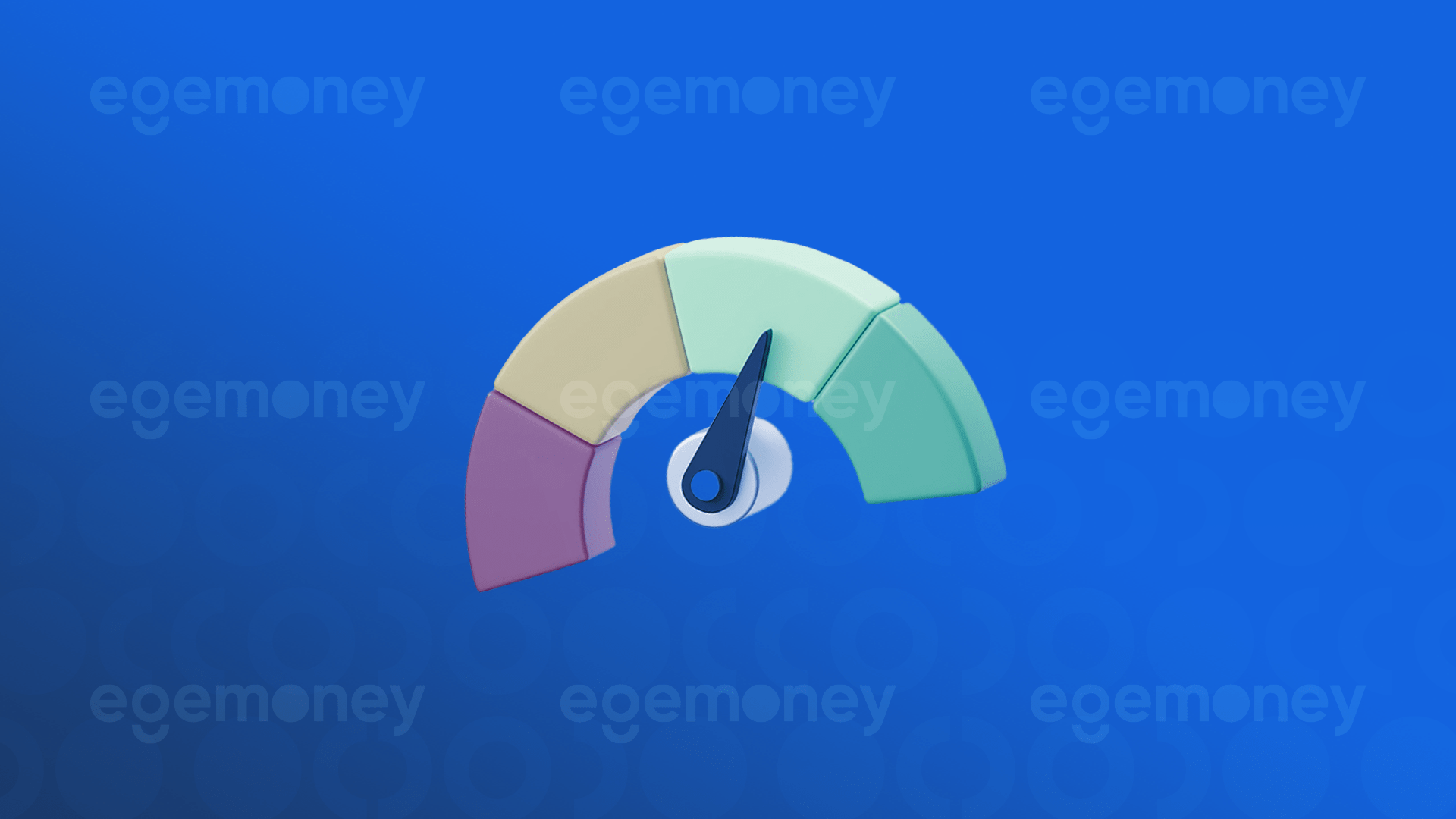
In the constantly evolving and updating world of cryptocurrency markets, understanding the emotions and psychology of investors is crucial. One measurement that has gained popularity in this regard is the Fear and Greed Index. The Fear and Greed Index is a market sentiment indicator that measures the emotions of investors in the cryptocurrency market. It provides insights into whether market participants are driven by two dominant emotions, fear or greed, which can influence decision-making and market trends.
The index combines various factors including price volatility, trading volume, social media sentiment, surveys, and other market indicators to produce a numerical value between 0 and 100. Low values indicate fear and a more cautious market sentiment, while high values indicate greed and a potential for taking more risks.
The Fear and Greed Index offers a unique perspective on cryptocurrency analysis, assisting traders and investors in understanding the prevailing emotional state of the market. Participants can gain insights into the collective psychology of the market by monitoring this index and make more informed investment decisions.
Impact of the Fear and Greed Index on the Market
The Fear and Greed Index can have a profound impact on cryptocurrency markets. Fear, a dominant emotion in investment, often pushes investors to sell their positions, driven by concerns about potential losses or market downturns. Such fear-driven selling can snowball, causing further price drops and increasing market volatility.
Conversely, when the index indicates high levels of greed, it means that investors are displaying a greater appetite for risk and are excessively buying or holding positions. This can lead to increased buying pressure and potential price appreciation in the market.
The Fear and Greed Index also acts as a contrarian indicator; when the index reaches an extreme point in any direction, a potential market reversal can be expected. For instance, when the index hits extreme levels of fear, market sentiment becomes excessively negative, which could signal a buying opportunity as it might lead to an upward price correction. Conversely, extreme greed can signal overbought conditions, and investors might proceed with caution, considering profit-taking or adjusting their positions.
Calculation of the Fear and Greed Index
The Fear and Greed Index is calculated using a combination of factors and methodologies. While the exact calculation may vary among different providers, the general approach involves collecting data related to market sentiment and investor behavior.
Factors considered in the calculation include price volatility, trading volume, market momentum, social media sentiment, surveys, and more. Each factor is assigned a weight, and these weights can be adjusted based on current market conditions and trends.
For instance, during periods of increasing market speculation, more weight might be given to social media sentiment or trading volume during periods of heightened activity. By combining these factors and applying the assigned weights, a numerical value representing the Fear and Greed Index is generated.
However, it’s important to note that the Fear and Greed Index is not a flawless indicator and should be used in conjunction with other market analysis tools. In conclusion, traders and investors can gain insights into the prevailing market sentiment by monitoring and interpreting the Fear and Greed Index and adjust their strategies accordingly. It serves as a tool to temper extreme emotions, promoting a balanced and rational approach to investing in the cryptocurrency market and enabling a more objective assessment of market conditions.







